Cryolophosaurus
Name Origin
Cold-Crested Lizard
Family
Dilophosauridae
Classification
Diapsida, Saurischia, Theropoda
Habitat (Discovery Location)
Antarctica
Period
Approximately 189 to 183 million years ago (Early Jurassic)
Length
Approximately 7 meters
Weight
Approximately 400 to 600 kilograms
Diet
Carnivore (Meat-eater)
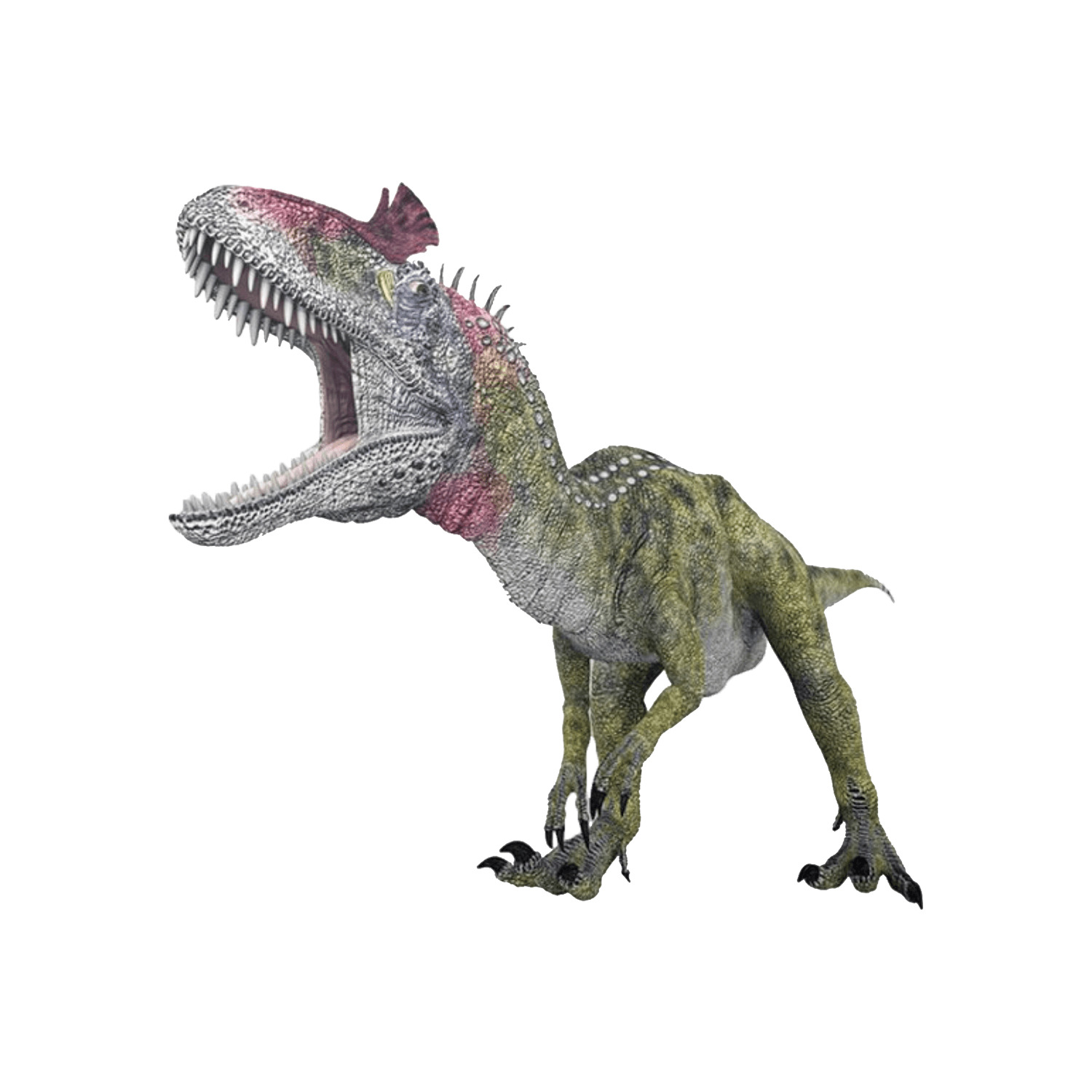
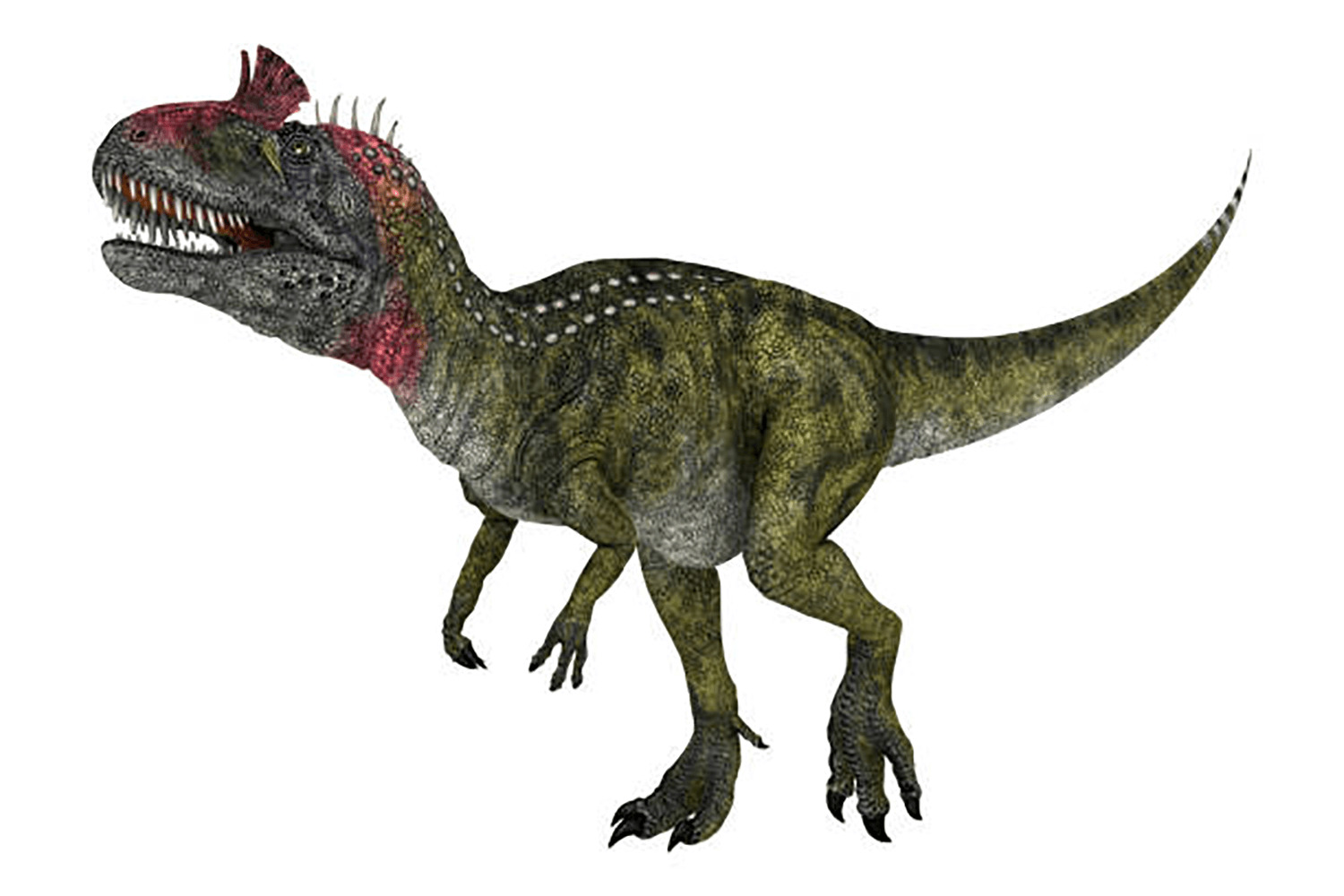

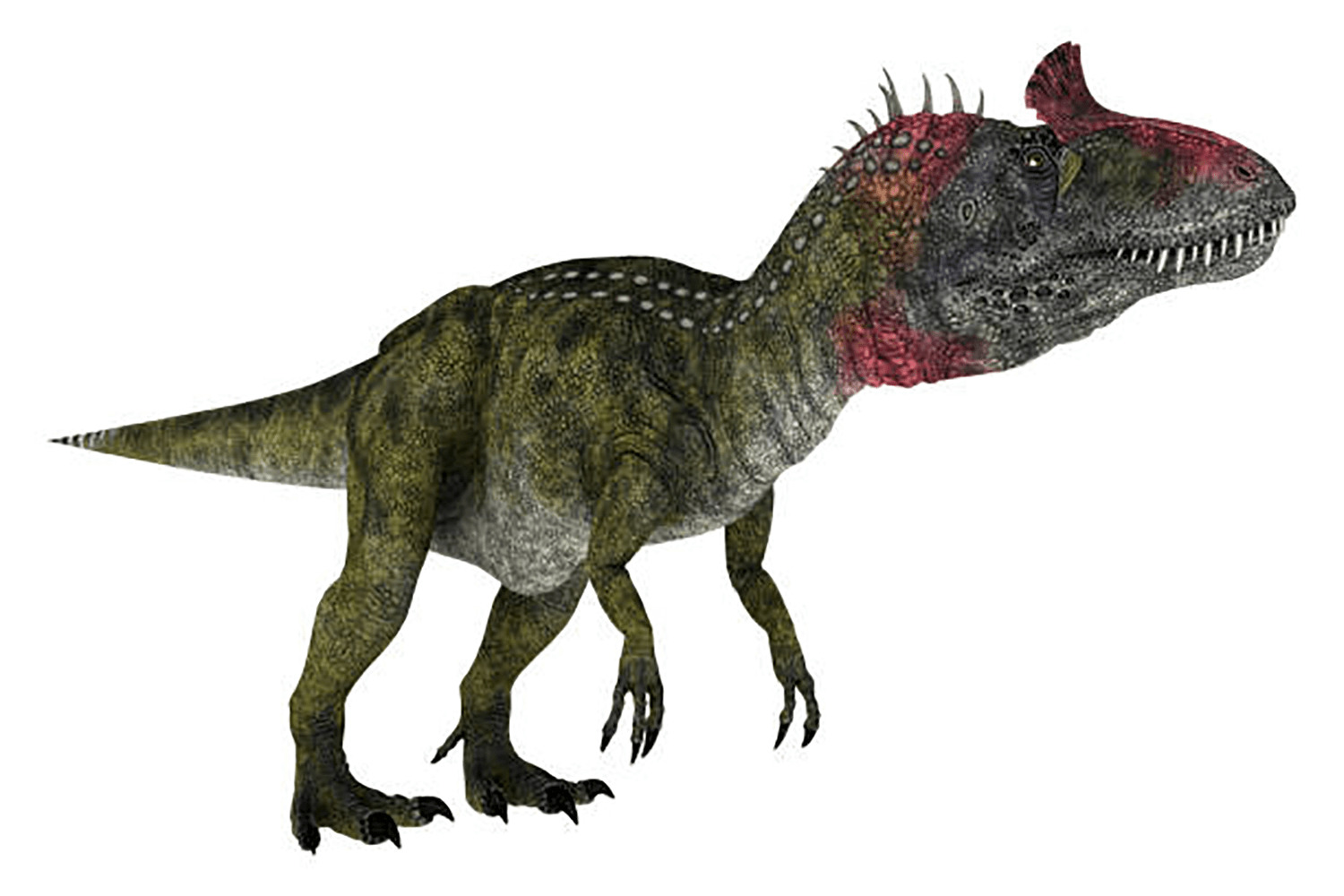
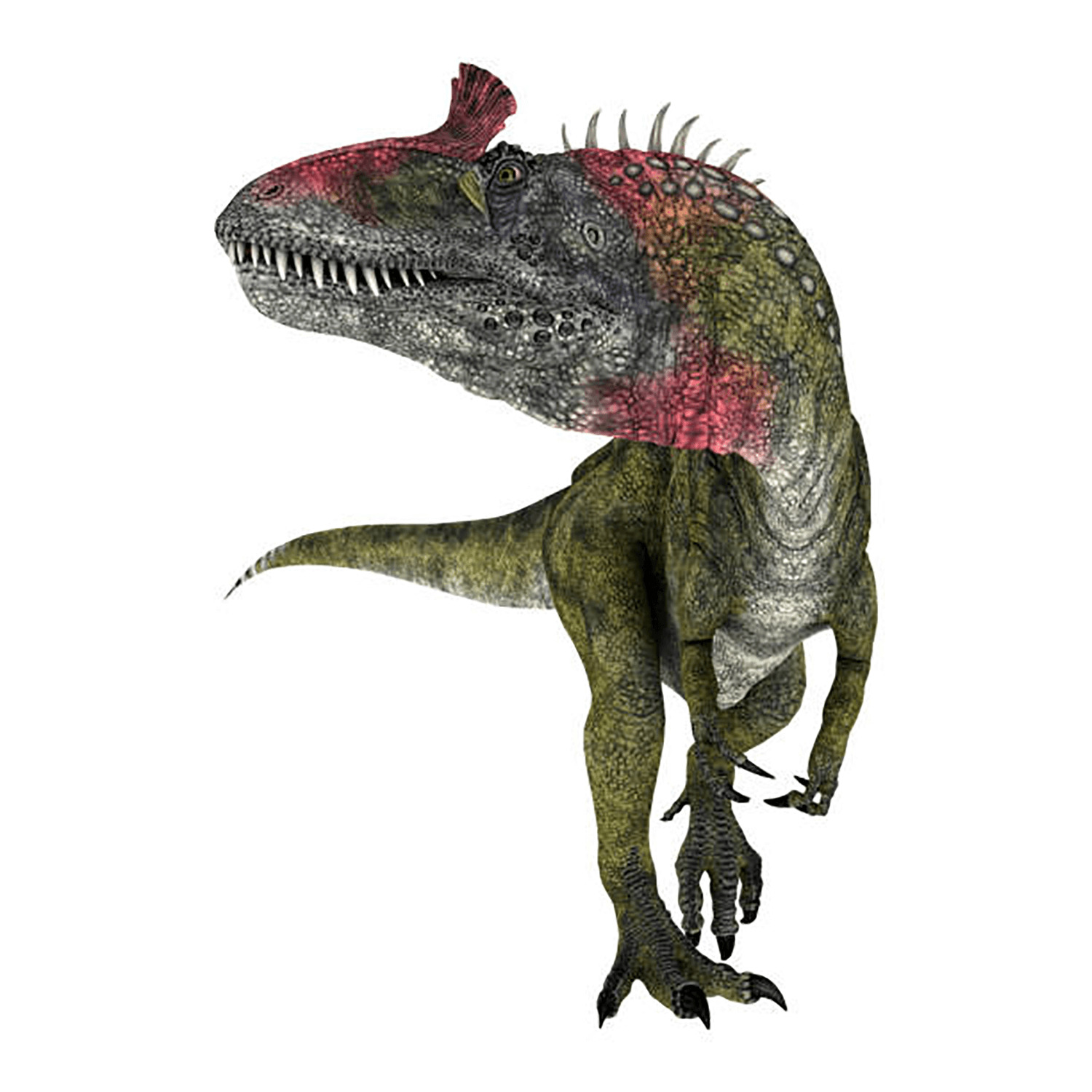


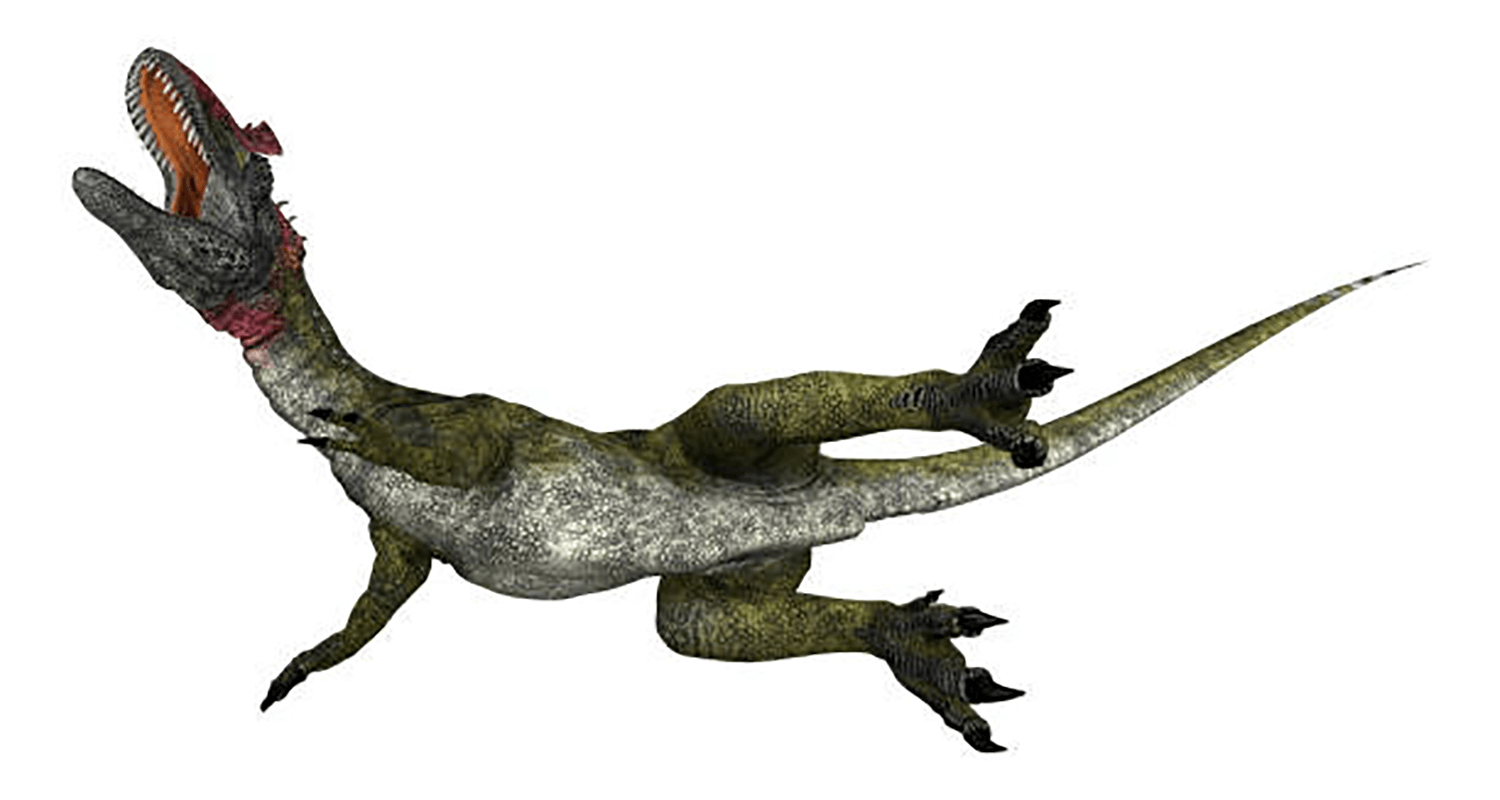
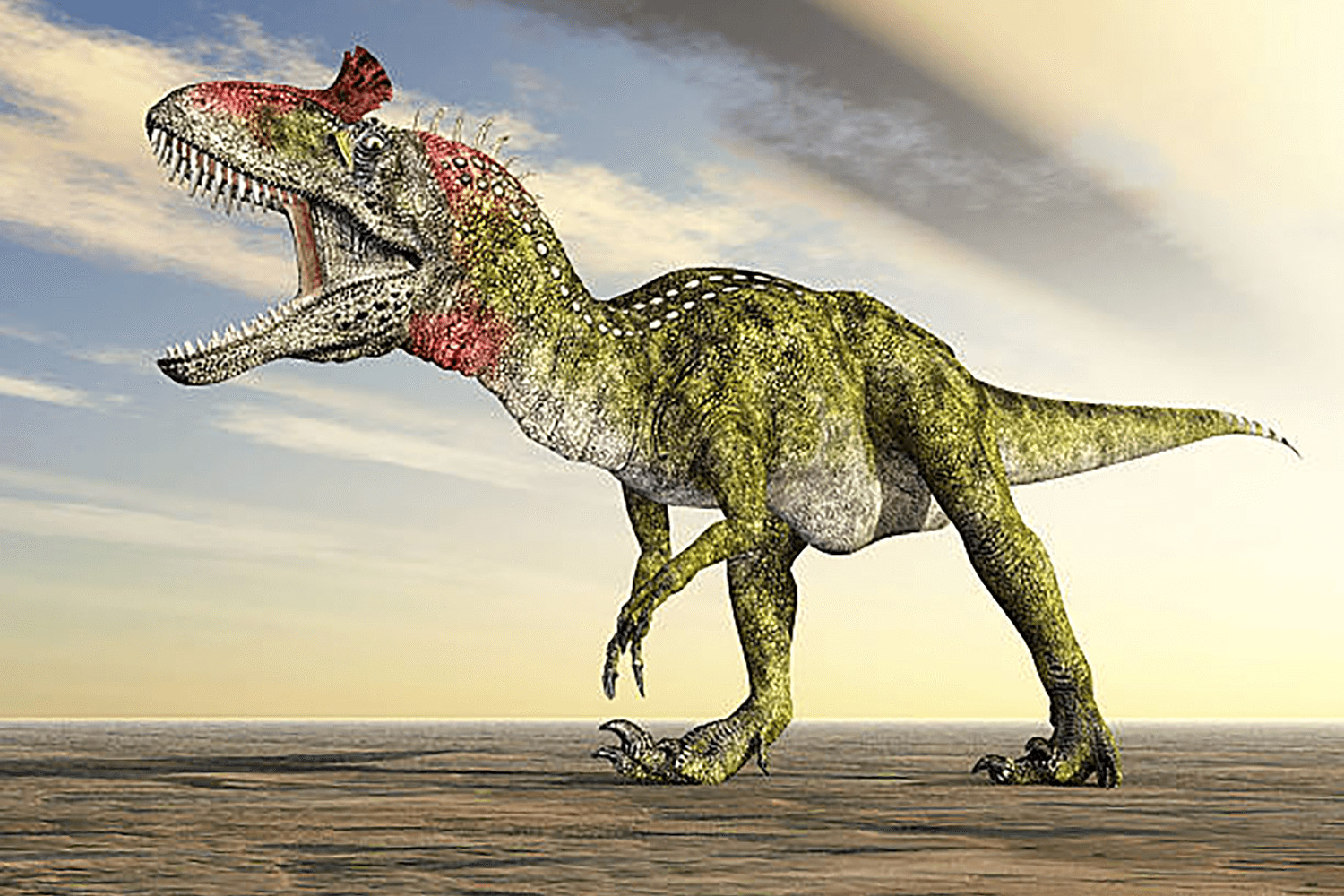
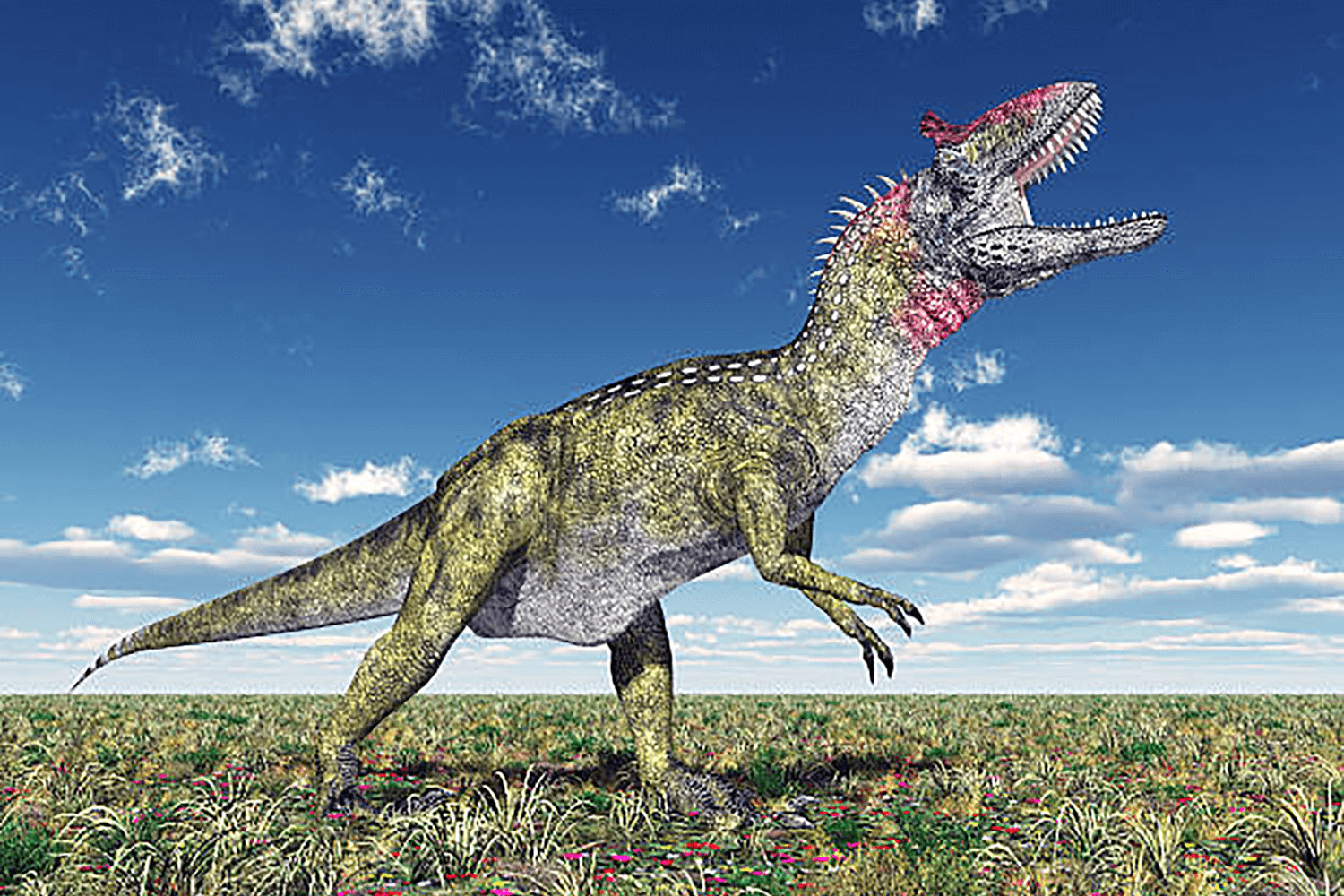


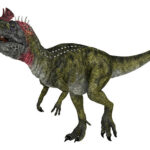
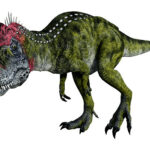

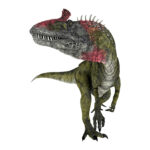
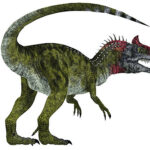
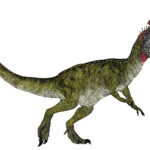
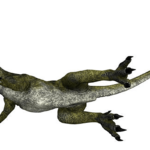


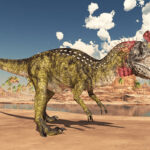
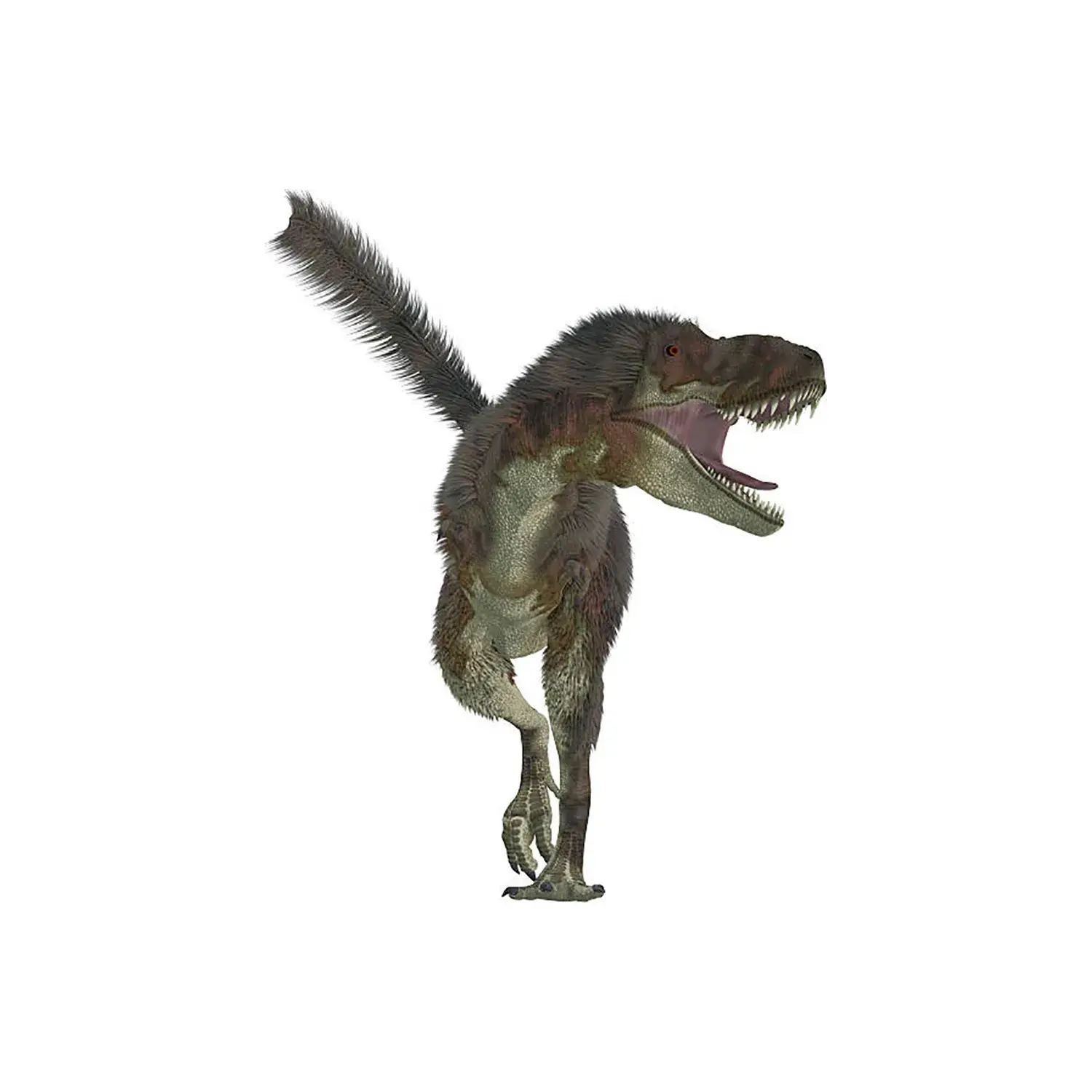
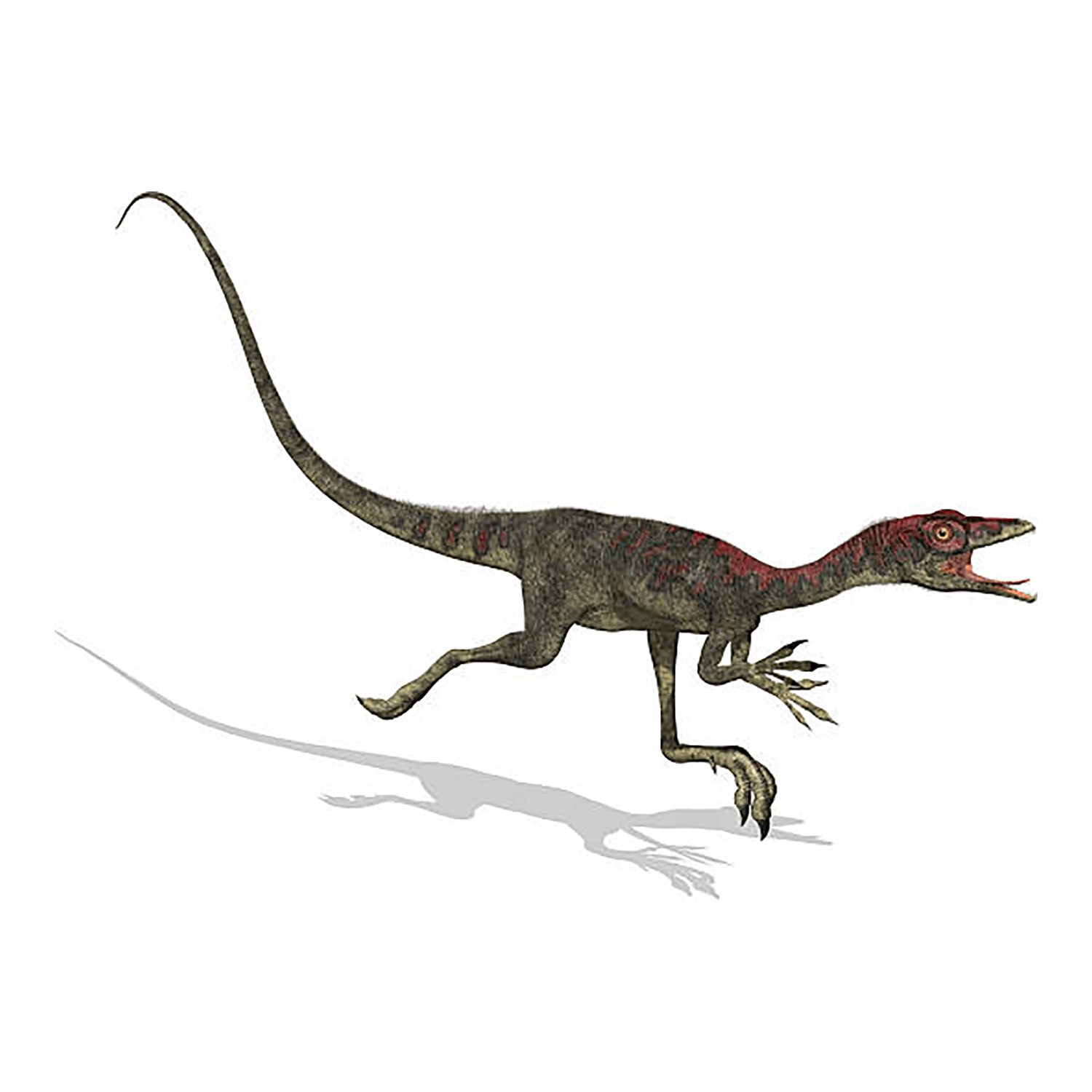

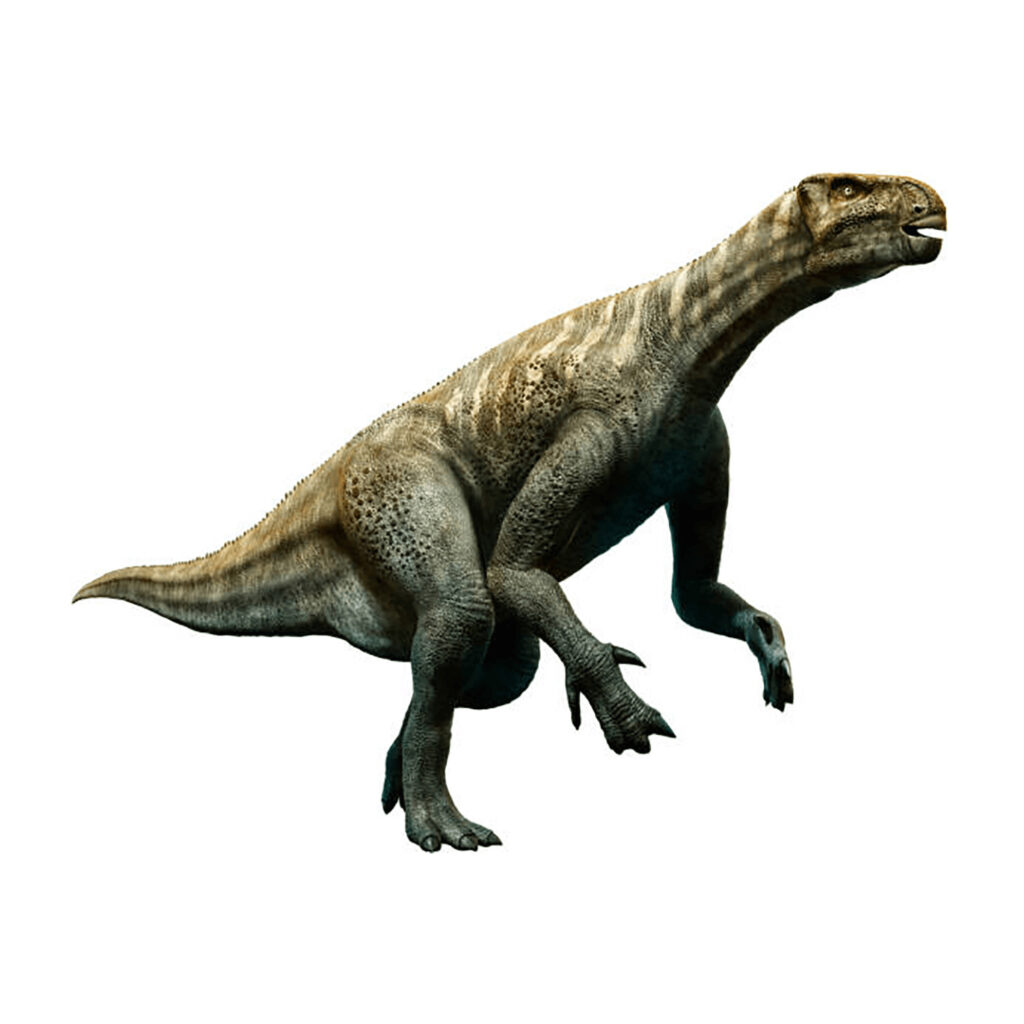
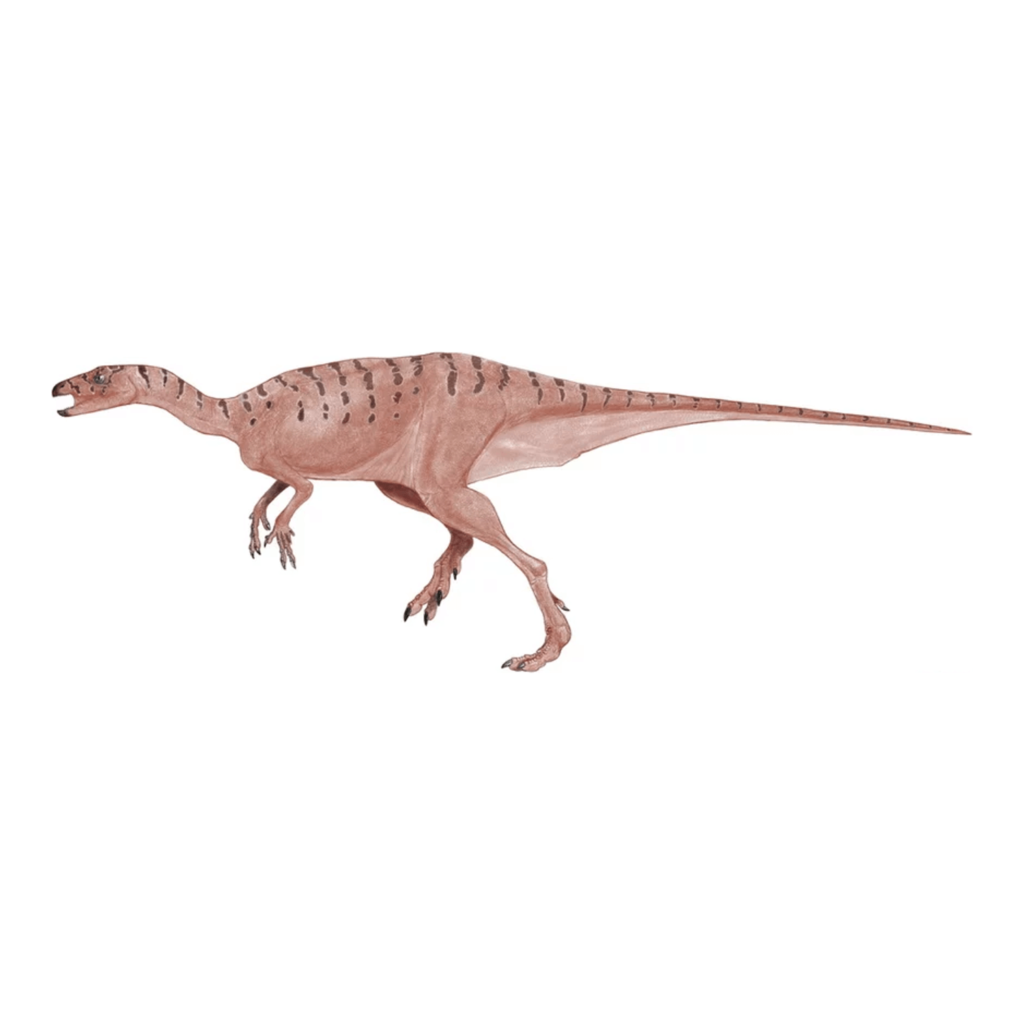
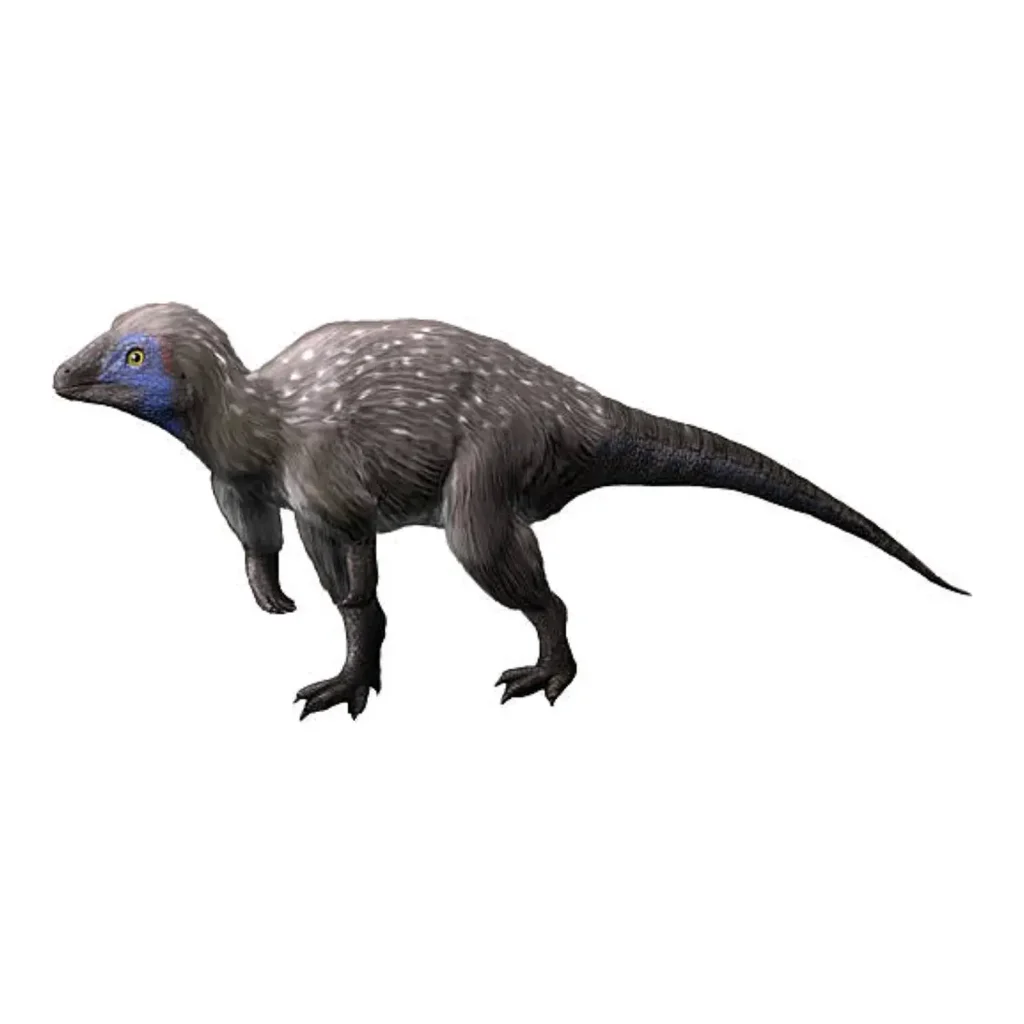
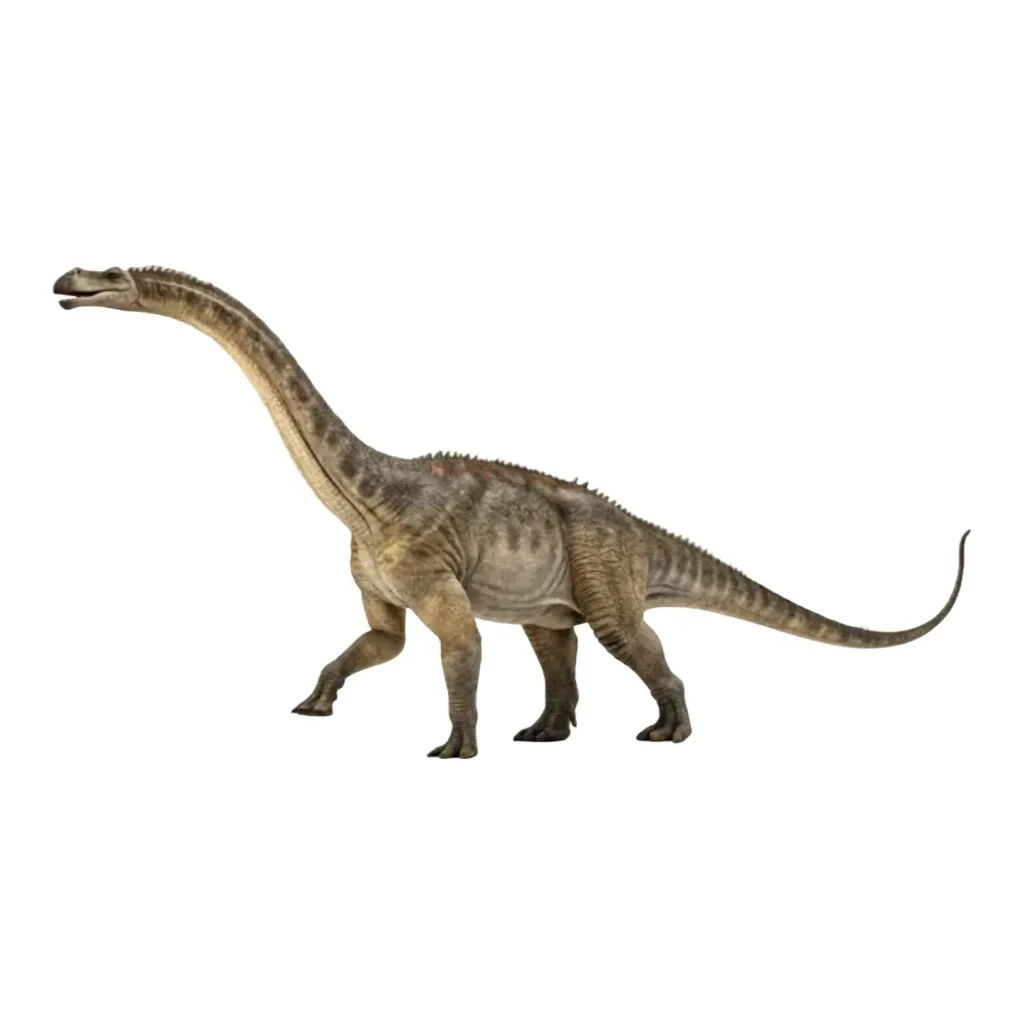


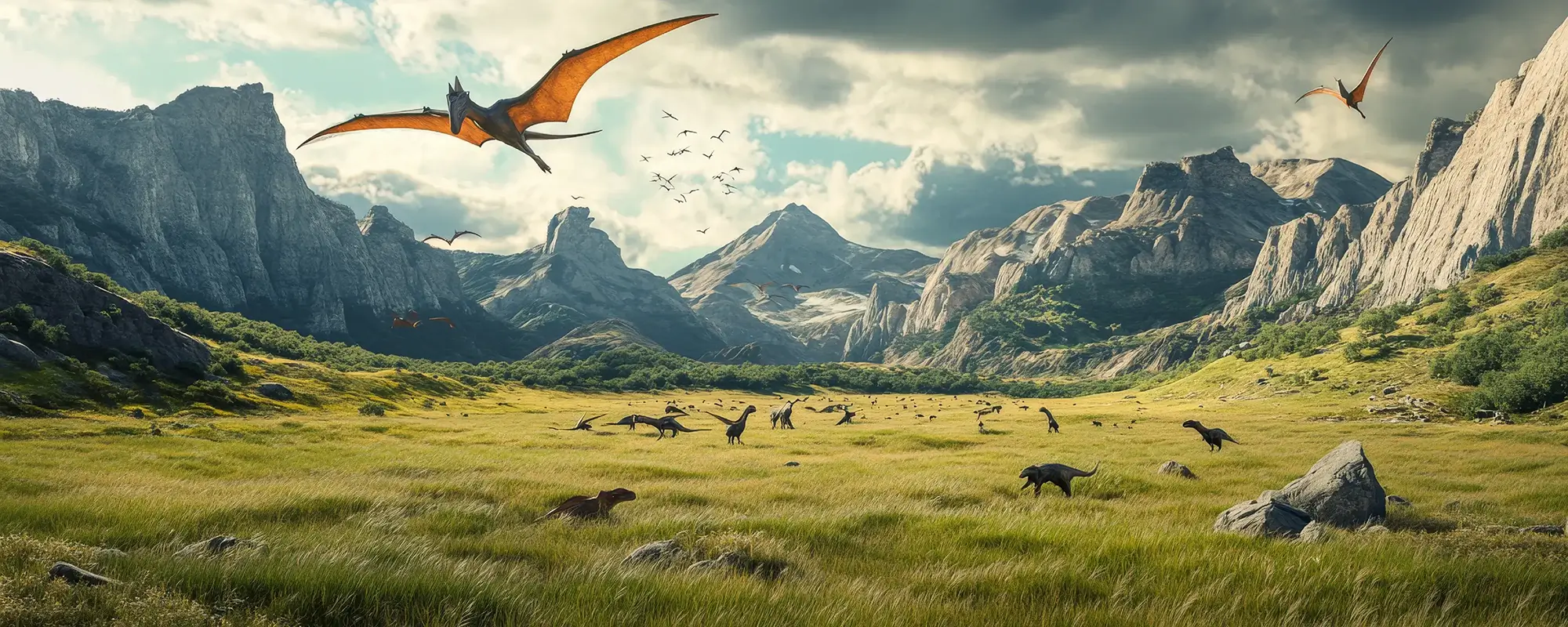







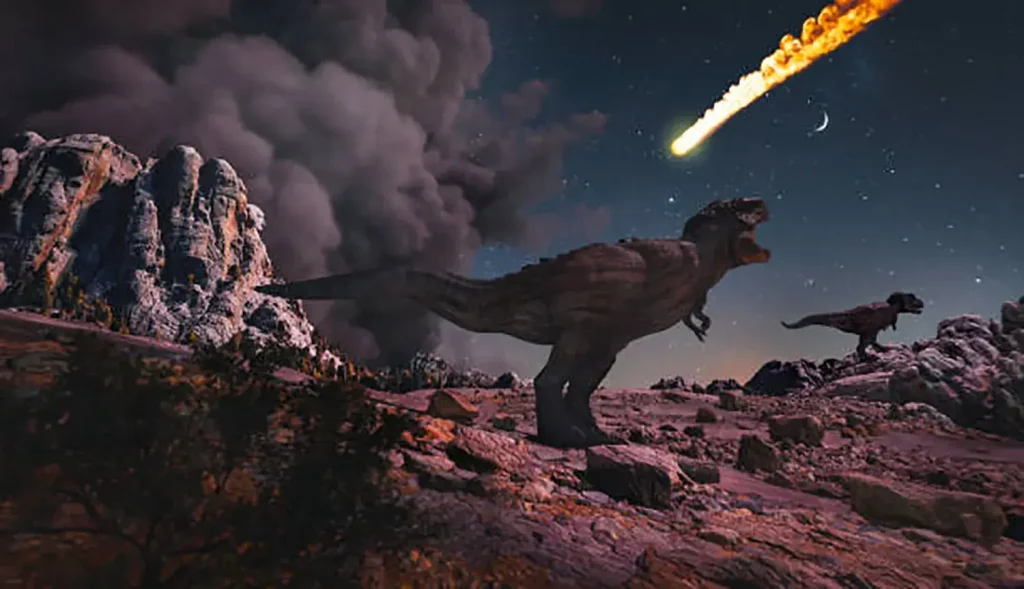
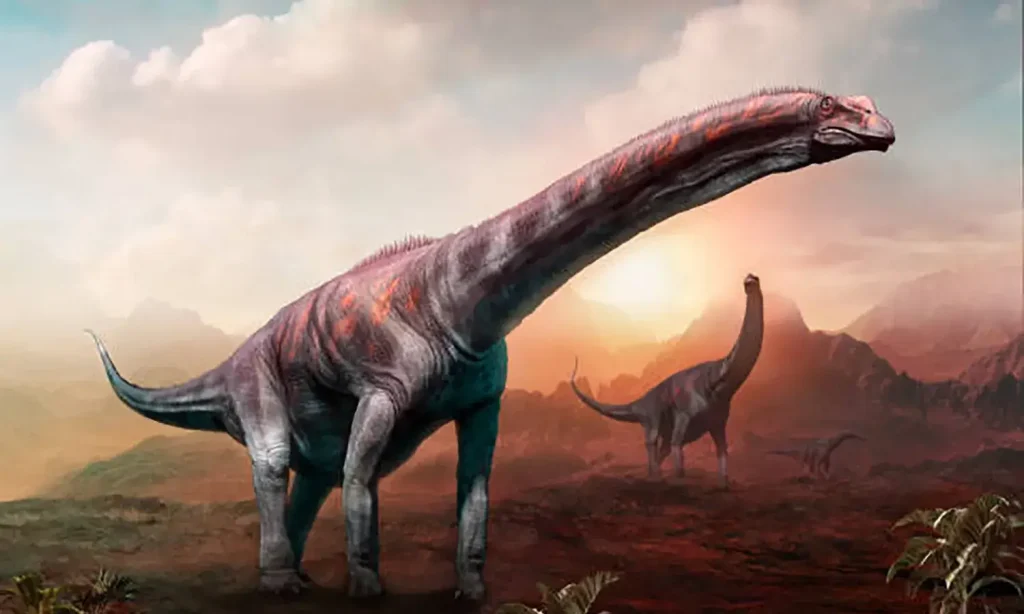
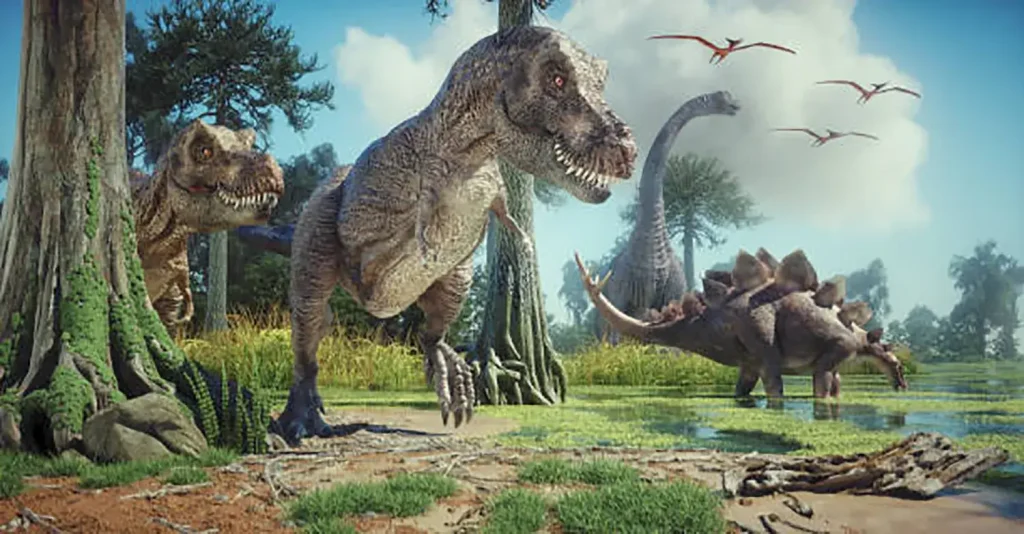
Description
Cryolophosaurus was a carnivorous dinosaur that lived during the Early Jurassic period.
Its fossil was discovered in 1991 in the polar regions of the Antarctic continent.
It holds a historical significance as the first dinosaur found in Antarctica to be officially named.
It is believed to have primarily preyed on large herbivorous dinosaurs like Glacialisaurus, as well as pterosaurs and small mammals.
An Unusual Appearance with a “Cold Crest”
The name Cryolophosaurus means “cold-crested lizard.”
This is derived from the fact that it was discovered in Antarctica and from the unique, curled, rod-like crest on its head.
Unique rod-like crest
Because of the way its crest was curled, it was informally nicknamed “Elvisaurus” after Elvis Presley before its official name was decided.
The crest was made of bone, and its function is mostly speculated to have been for display.
It may have been used to show off during the breeding season or played a role in combat between males.
Physical Characteristics of an Agile Hunter
Cryolophosaurus was medium-sized for a theropod and is believed to have weighed less than one ton.
It was characterized by a large head and jaw but a lightweight body, and it is thought to have been fast on its feet.
Weapons
It had sharp claws and powerful jaws, and its teeth were serrated like a saw, similar to other carnivorous dinosaurs.
Forelimbs
It had four fingers on its forelimbs, which is more than other carnivorous dinosaurs that thrived in the Late Jurassic and Cretaceous periods.
All of the bones excavated to date have been determined to be from juveniles, meaning its maximum estimated length of 7 meters was still a growth-in-progress, and it is possible that much larger individuals existed.
Furthermore, it is highly likely that it had body hair for insulation, and it is even speculated that its hair may have turned white during the snowy winter to allow it to hunt efficiently.
Evolutionary Mystery and Evidence of Continental Drift
The Cryolophosaurus fossil was excavated at an altitude of 4,000 meters in the Transantarctic Mountains, which at the time was not a snowfield but a relatively warm, vegetated area.
It shares similarities with dilophosaurids, such as having a crest, but it also has features typical of allosaurids, such as a sharp skull, leaving its classification within either lineage still a subject of debate.
Cryolophosaurus is believed to be closely related to dinosaurs such as Dracovenator, which was discovered in South Africa.
This serves as strong evidence supporting the theory of continental drift, confirming that both continents were once connected as part of the supercontinent Gondwana.